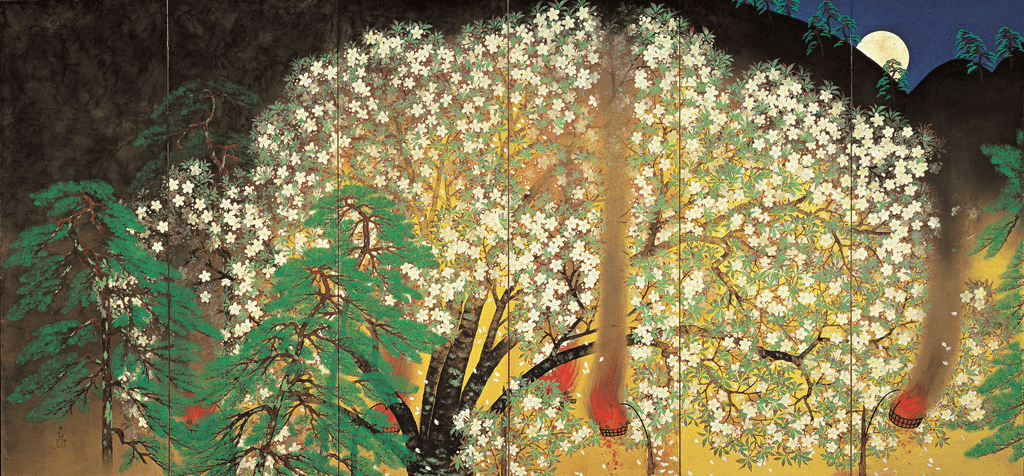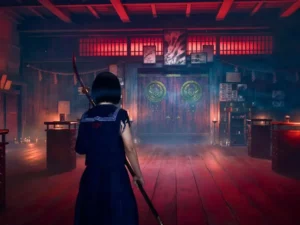The cherry blossom drawing in Japan has a rich history dating back to ancient times. This delicate flower, also known as the sakura, is unique to Japanese people. To them, it’s a symbol of fleeting beauty and the fleeting nature of life.
Table of Contents
ToggleHistory
Japan’s first recorded cherry blossom drawings date back to the eighth century, during the Heian period. At this time, aristocrats and court nobles admired the beauty of cherry blossoms. They often expressed their admiration through poems and paintings. These early cherry blossom drawings typically used ink and brush on paper or silk. Most of them depicted the delicate beauty of the blooming flowers in a highly stylized manner.
The Edo Period: Delicate Cherry Blossoms
During the Edo period (1603-1868), cherry blossom drawings gained popularity among the commoners. Afterward, they became integral to the annual cherry blossom viewing parties. Artists of the time created woodblock prints, known as “ukiyo-e,” that depicted the beauty of the cherry blossom season. These prints became famous not only in Japan but also abroad. Their fame helped spread cherry blossom drawings’ popularity beyond the country’s borders.

Kitagawa Utamaro was one of the most famous ukiyo-e artists of the Edo period. He was particularly renowned for his delicate and nuanced depictions of the cherry blossom. Utamaro’s works captured the cherry blossom’s beauty and fragility naturally and symbolically. He often depicted the cherry blossom season alongside other aspects of Japanese life. The most common include festivals, food, and clothing, giving his works a rich cultural context.
The Meiji Period: The Hybrid Cherry Blossom Drawing
The Meiji period (1868-1912) saw a marked shift in art because the country modernized and adopted Western art styles. During this time, artists began experimenting with new techniques, such as oil painting and incorporated Western-style elements into their works. The result was a unique blend of Japanese and Western styles that became known as “Meiji art.”

One of the most famous Meiji period artists was Kawase Hasui. He created a series of beautiful cherry blossom paintings using watercolors. Hasui’s works were primarily known for their soft and subtle use of color and their gentle, dreamlike quality. Moreover, he was incredibly skilled at capturing the beauty of cherry blossoms in bloom, and his works remain popular today.
Looking to embrace sakura season this year? Check out Sakuraco! Sakuraco delivers traditional Japanese snacks, teas, sweets, and snacks from local Japanese makers directly to your door so you can especially enjoy the latest treats instantly from Japan!
Taisho Period: The Vintage Cherry Blossom Drawing
The Taisho period (1912-1926) saw a resurgence of interest in traditional Japanese art. During this time, artists sought to reclaim their cultural heritage and create works that reflected their national identity. Cherry blossom drawings during this period showcased a return to the delicate and stylized depictions of the Heian period. They combined pastoral delicateness with the rich and nuanced style of the Edo period.

One of the most famous Taisho period artists was Taikan Yokoyama, known for his large-scale paintings of cherry blossoms. Taikan’s works are significant because of their bold use of color and dynamic composition. As a result, his style helped to establish the Taisho period as a time of cultural renewal in Japan.
The Showa Period: The Experimental Cherry Blossom Drawing
After World War II, the cherry blossom drawings of the Showa period (1926-1989) became more abstract and experimental. Western modernism influenced artists of the time and sought to push the boundaries of traditional art forms. They experimented with new materials and techniques and created more abstract and expressive works.

One of the most famous Showa period artists was Tetsugoro Yorozu, known for his abstract and expressionistic depictions of cherry blossoms. Yorozu’s works featured bold color and brushwork, representing a departure from Japan’s typical cherry blossom art at the time.
Contemporary Art
Today, cherry blossom drawings continue to be a popular subject in Japan and worldwide. Artists continue experimenting with new styles and techniques while paying homage to their country’s rich tradition of cherry blossom art. Whether depicted in a traditional or modern style, cherry blossoms’ beauty and fleeting nature inspire artists and captivate audiences. All in all, they remind us of the timeless appeal of this beloved symbol of Japan.

All in all, cherry blossom drawings have been a beloved art form in Japan for centuries. They have evolved to reflect the country’s changing cultural and artistic landscape. From the delicate and stylized depictions of the Heian period to the bold and abstract works of the Showa period, cherry blossom drawings remain a timeless expression of life’s beauty and fleeting nature.











